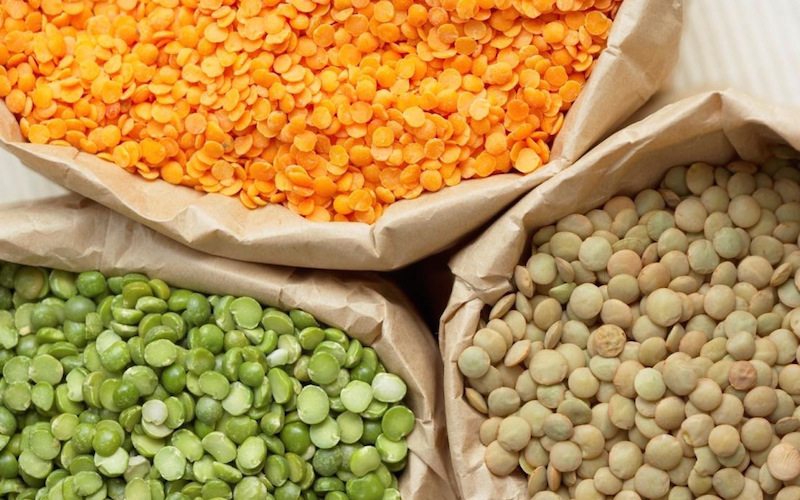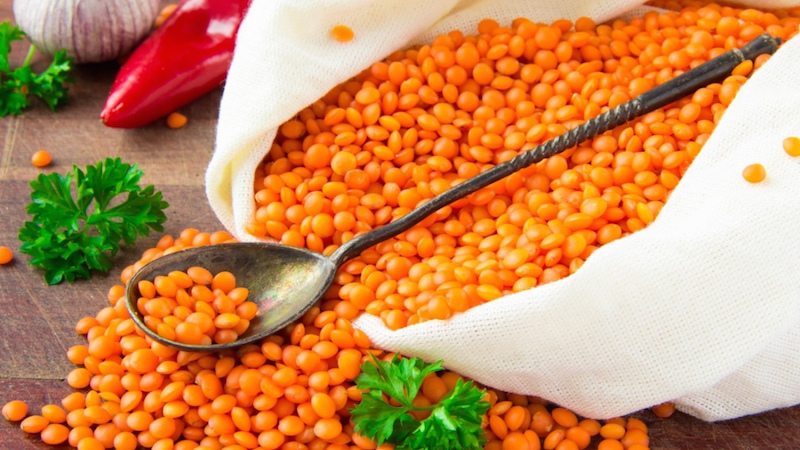Lentils
Episode #3 of the course “Superfoods you should know about”
A member of the legume class of seeds, lentils are one of the earliest cultivated foods. These kidney-shaped, round, or oval seeds can be found in archeological excavations of Neolithic peoples dating back nearly 13,000 years. Lentils have long been a vital staple in the diets of people who live in extreme environmental conditions around the world, because these little seeds can be dried, stored for up to one year, and sprouted into a new plant by being placed in water for just a day.
Whole lentils that are cooked in the husk have been used in recipes throughout Asia, the Middle East, and the Mediterranean, often paired with rice and meat. They don’t need to be pre-soaked, and they can be prepared fairly quickly—as little as an hour. However, lentils can also be removed from their husk, which causes them to soften when cooked. In this form, lentils have made their way into European cuisine, mainly as a base for soups.

This unique legume comes in a range of colors, from red to green to white; the lentils’ flavor varies from earthy to sweet and everything in between. Nutritionally, lentils are one of the most valuable and dense natural sources of dietary fiber and protein. They’re a food with a lot of nutrient packed into a meal low in calories and fat.
Lentils contain a number of important vitamins and minerals, including the B vitamins, which are essential to children’s growth and development as well as immune system health in people of all ages. They are high in iron—which means they promote heart and circulatory health—as well as other trace minerals like magnesium, which is good for general metabolism. The type of starch that lentils contain is thought to be especially helpful in treating people with diabetes.
Recommended book
“Honestly Healthy Cleanse” by Natasha Corrett
Share with friends

